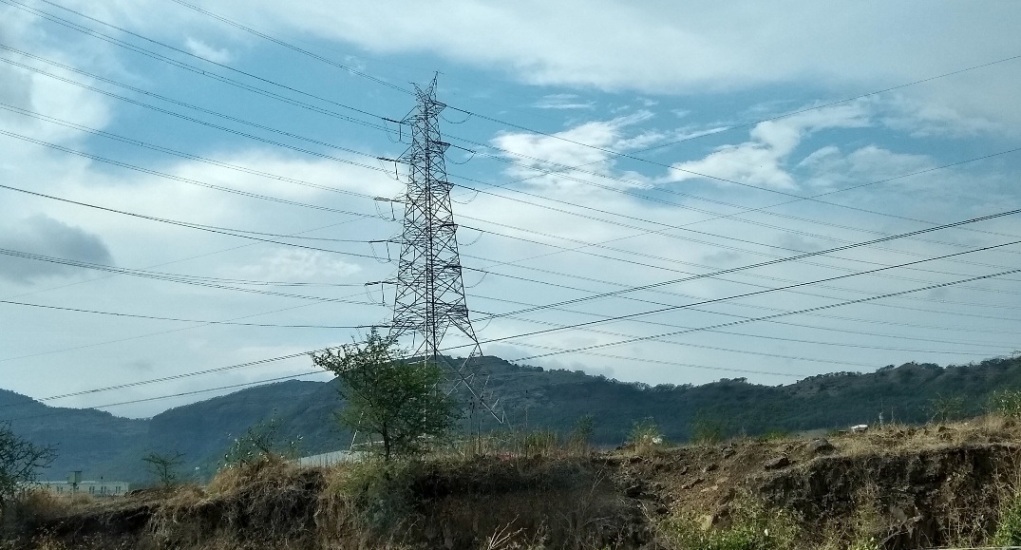The first transmission line addition to the interstate transmission system (ISTS) network during the current fiscal year FY25, took place in August 2024.
According to newly-released statistics by Central Electricity Authority (CEA), August 2024 saw 405 ckm of transmission line getting added to the ISTS network.
The entire addition came through Power Grid Corporation of India Ltd (PGCIL) when it commissioned the 765kV double-circuit Fatehgarh-II – Bhadla-II (2nd) line in Rajasthan.
This line of 405 ckm is associated with the ISTS scheme housed under “Powergrid Bhadla Transmission Ltd” that PGCIL had won under the TBCB modality in June 2021. It strongly appears that this transmission line marks the completion of the Rs.1,106-crore ISTS project termed as “Transmission system strengthening for evacuation of power from solar energy zones in Rajasthan (8.1 GW) under Phase-II (Part B).” Originally anticipated to commission in December 2022, the project ran into delays as the transmission line fell into potential GIB (Great Indian Bustard) inhabitation area. A committee appointed by the Supreme Court in July 2022 had suggested diversion of the transmission line route.
As far as transformation (substation) capacity on the ISTS side is concerned, it was again PGCIL that contributed with 1,200 MVA in August 2024. The Central PSU undertook augmentation at three of its existing substations – Bikaner Pooling Station (Rajasthan), Shikrapur GIS (Maharashtra) and Ara (Bihar).
During the first five months (April to August) of FY25, the total ISTS transmission line addition stood at 405 ckm while the transformation capacity addition was 6,015 MVA. [See table]

Meanwhile, the total transmission line addition in the April-August period of FY25 was 2,879 ckm, which was less than half of the planned addition of 7,380 ckm. On the substation front, this addition was 18,270 MVA, once again much short of the targeted 42,230 MVA.
As of August 31, 2024, India’s total transmission line network stood at 4,88,423 ckm, out of which around 43 per cent was on the ISTS side. The country’s total transformation capacity, as of same date, was 12,69,350 MVA with ISTS accounting for 41 per cent.
The country’s total interregional (IR) transfer capacity, as of August 31, 2024, was 1,18,740 MW, with the WR-NR interconnection accounting for the highest share of 38,320 MW. During the first five months of FY25, there was no addition to the country’s interregional transfer capacity. In FY24, around 6,490 MW of IR transfer capacity was added.
(Note: This story takes into account transmission infrastructure of 220kV or above, only; ISTS = interstate transmission system; InSTS = intrastate transmission system)
Featured photograph is for representation only



